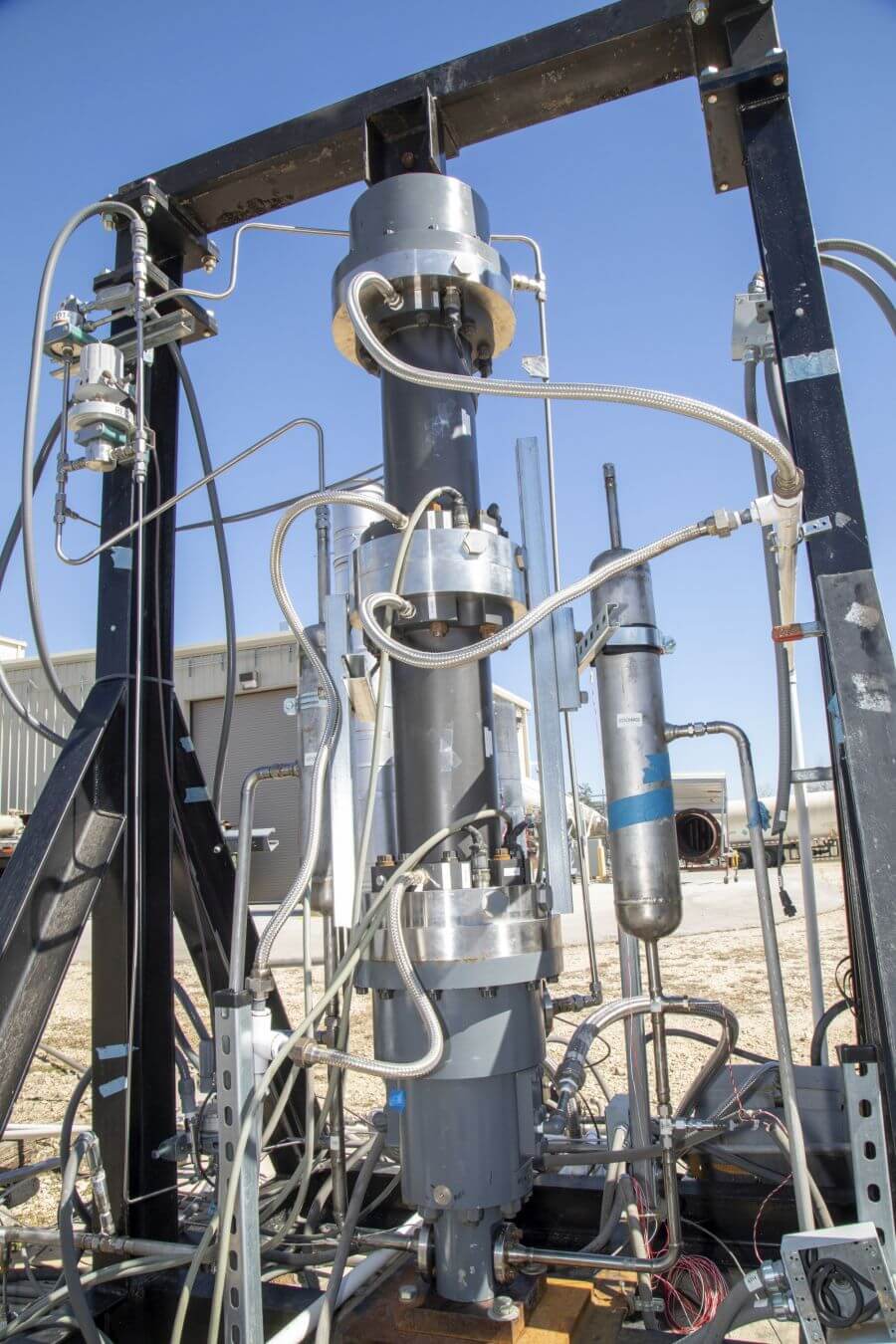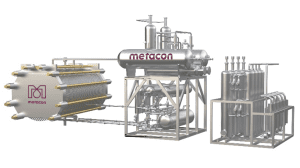A key challenge for hydrogen compression is hydrogen’s small particle size, which increases the potential for leaks as the gas flows through equipment.
“Because hydrogen particles are so small, there are inherent material compatibility issues when designing a compressor,” said Eugene Broerman, Principal Engineer at the SwRI. “The particles are so small that they sneak in and alter materials and equipment performance. For instance, we had some early issues with the hydrogen particles causing magnets to fail, so we had to coat the magnets more effectively to prevent that.”
The novel LMRC features an airtight compressor, hermetically sealed using a combination of SwRI-developed solutions. Coatings protect magnets from hydrogen incursion and embrittlement, while improved valve designs minimize leaks. It also utilizes a ceramic piston to minimize heat expansion and lower stress on its seal.
“Typical compressors have a piston and crank mechanism that requires them to make the same motion every time, with every revolution of the motor that’s driving it. SwRI’s LMRC is linearly actuated, so we can change the linear motion profile to optimize the compression process,” Broerman said.
To avoid contaminants in the hydrogen gas, most hydrogen compressors require oil-free mechanisms. Unlike most reciprocating compressors, which have motors that move repeatedly in the same motion and require lubrication for maintenance, the LMRC’s linear motor can move the piston in a user-defined motion pattern, is mounted for vertical motion and has a unique dynamic seal design. As a result, the compressor’s seals and bearings experience less friction, negating the need for traditional lubrication. It can also be used in a range of compression applications to avoid gas leaking into the atmosphere, such as hazardous gas or flare gas recovery applications.
Originally funded by the U.S. Department of Energy and cost-shared by ACI Services, the LMRC has since been supported by internal research funding at the SwRI. The LMRC was successfully run for the first time in 2020 and completed continuous operation at design conditions in mid-to-late 2022. Going forward, Broerman plans to modify different aspects of LMRC’s design to increase efficiency and speeds to boost flow rates and to apply the LMRC to other compression applications requiring hermetic sealing.
“These types of projects are critical to advancing compression technology as the hydrogen economy continues to grow,” Broerman concluded.






